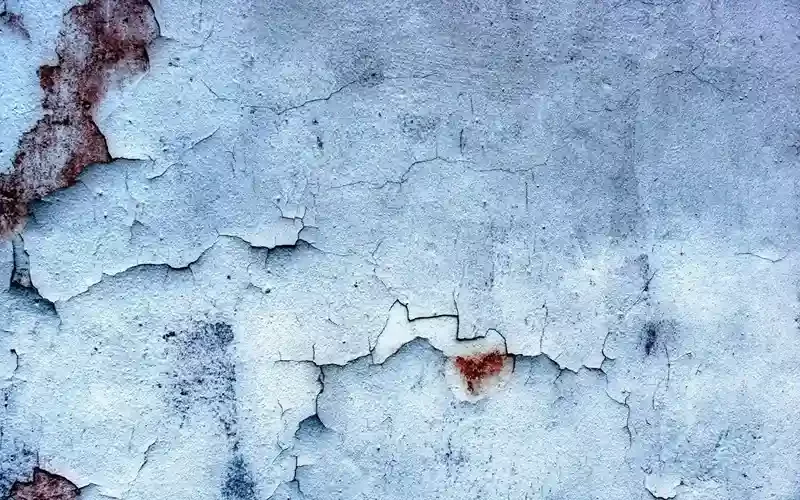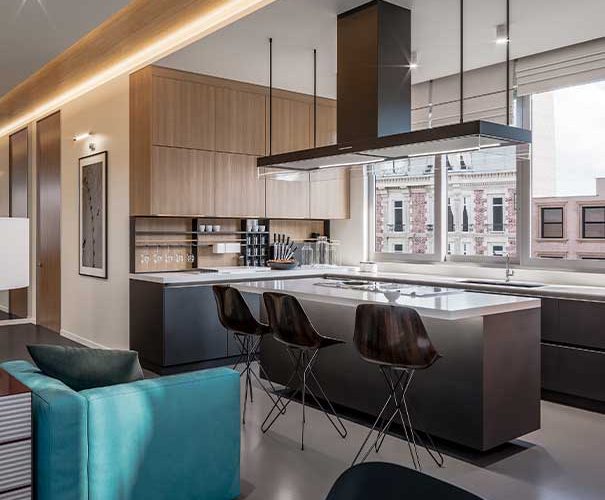- [email protected]
- +91 9966111465

Peeling paint can be frustrating, leaving your walls looking old and neglected. Understanding why paint peels off walls and how to fix it can help you maintain a beautiful, lasting finish. Here’s a look at the causes, symptoms, and the best solutions for tackling peeling paint.
One of the leading causes of peeling paint is moisture. High humidity, water leaks, or inadequate ventilation can cause moisture to seep into the walls, which weakens the paint’s adherence and leads to peeling. It’s particularly common in bathrooms and kitchens.
Paint doesn’t adhere well to dirty, oily, or uneven surfaces. If the wall wasn’t properly cleaned, sanded, or primed before painting, the paint might peel prematurely. Surface preparation is key for a smooth, durable paint job.
Low-quality paint often lacks the durability to withstand environmental factors. Additionally, using the wrong type of paint for the surface or environment can lead to peeling. For example, using regular interior paint in a high-moisture area like a bathroom can cause issues.
Over time, paint can lose its strength and start to peel, especially if it’s been many years since the last coat. Aging paint will naturally lose adhesion and require a new coat to keep walls fresh and protected.
Direct sunlight causes paint to expand and contract, leading to cracking and eventual peeling. UV rays can break down the paint’s chemical bonds, making it brittle and prone to peeling.
Blisters and bubbles on the paint surface are early signs of moisture or poor adhesion, which can lead to peeling. This is often seen in bathrooms or areas with poor ventilation.
Paint that starts to crack or flake off in small pieces is a common symptom of peeling. This can happen if the paint layers are too thick or if the wall wasn’t primed correctly.
A powdery surface on the wall is a sign that the paint is breaking down, often due to prolonged sun exposure. This can weaken the paint’s adhesion, causing it to peel over time.
Discolored patches can signal moisture trapped under the paint layer, which eventually causes peeling. Addressing discoloration early can help prevent more extensive peeling.
Clean, sand, and prime walls before painting. Remove any dirt, grease, or old paint to ensure the paint adheres well. Priming is especially important if painting over a darker color or repairing a previously peeling area.
Use high-quality paint suited to the specific environment. For humid areas, such as kitchens and bathrooms, consider moisture-resistant paint. Quality paint will offer longer-lasting coverage and reduce the risk of peeling.
In moisture-prone areas, install exhaust fans or improve ventilation to prevent water accumulation on the walls. For exterior walls, ensure proper drainage to keep moisture from seeping into the structure.
Avoid applying thick coats of paint, which can lead to cracking and peeling as it dries. Instead, use two or more thin coats for a more durable and smooth finish.
Inspect your walls periodically, especially in high-moisture or high-sun areas. Address minor issues like cracks or small bubbles as soon as possible to prevent peeling from spreading.
For small peeling areas, lightly sand the affected spot, clean it, and apply a primer before repainting. For large areas, you may need to remove the peeling paint completely before reapplying a new coat.
If peeling paint is widespread or caused by deep-seated moisture issues, it’s best to consult a professional painter or contractor. Professionals can assess the underlying cause, especially if there are structural or significant moisture problems.
By understanding the causes, recognizing the symptoms, and implementing effective solutions, you can prevent paint from peeling off walls and maintain a vibrant, smooth finish.

At Varma and Associates, our vision is to be a leading force in shaping the future of the built environment through integrated architectural, structural, interior, and landscape designs, coupled with expert project management, quantity surveying, and urban planning services.
